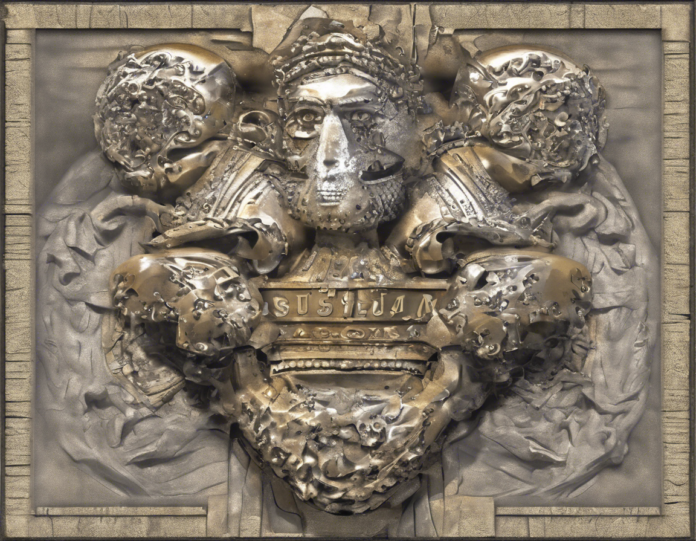Introduction
In the realm of civil and structural engineering, the International Code Council (ICC) plays a crucial role in developing and promoting building codes and standards that ensure the safety and reliability of structures worldwide. IS 875, also known as the “Code of practice for design loads (other than earthquake) for buildings and structures,” is a key document formulated by the Bureau of Indian Standards (BIS) under the guidance of the ICC. This code, along with other relevant standards, provides guidance on determining the loads that various structures are expected to withstand during their intended lifespan.
Purpose of IS 875
IS 875 serves as a comprehensive guide for architects, engineers, and construction professionals involved in the design, construction, and maintenance of buildings and structures. The primary objective of IS 875 is to establish standardized procedures for calculating the design loads on buildings and structures, excluding seismic loads. By adhering to the guidelines set forth in this code, engineers can ensure that structures are capable of withstanding the various loads imposed on them under normal conditions.
Key Components of IS 875
The code IS 875 consists of several key components that outline the procedures for determining different types of loads on structures. These components include:
-
Dead Loads: Dead loads refer to the static loads exerted by the structure itself, including the weight of the structural elements, finishes, and fixed equipment. IS 875 provides guidelines for calculating these loads based on the specific materials and components used in the construction.
-
Live Loads: Live loads are transient loads imposed on a structure due to the occupancy, intended use, and environmental conditions. IS 875 specifies the minimum live load values to be considered for different types of structures, such as residential, commercial, or industrial buildings.
-
Wind Loads: Wind loads are dynamic forces exerted on a structure by the wind. IS 875 outlines the procedures for determining wind loads based on factors such as the terrain category, building height, and geographical location.
-
Snow Loads: In regions prone to snowfall, structures must be designed to withstand the additional weight of snow accumulation on their roofs. IS 875 provides guidelines for calculating snow loads based on the geographical location and the roof shape and slope.
-
Other Loads: Apart from the aforementioned loads, IS 875 also addresses additional factors such as temperature differentials, soil pressures, and impact loads that may influence the structural stability of a building.
Importance of Adhering to IS 875
Compliance with IS 875 is essential to ensure the structural integrity and safety of buildings and structures. By following the guidelines set forth in this code, engineers can minimize the risk of structural failures due to inadequate design considerations or improperly calculated loads. Adhering to IS 875 also helps in standardizing design practices across the industry, thereby promoting consistency and reliability in structural engineering.
Benefits of Using IS 875
Utilizing IS 875 in the design and construction process offers several benefits to architects, engineers, and other stakeholders in the construction industry. Some of the key benefits include:
-
Safety: By accurately calculating design loads as per the guidelines of IS 875, engineers can enhance the safety of structures and mitigate risks associated with structural failures.
-
Compliance: Adhering to IS 875 ensures compliance with nationally recognized standards, thereby reducing the likelihood of design errors and deviations from regulatory requirements.
-
Efficiency: The standardized procedures outlined in IS 875 streamline the process of determining design loads, saving time and resources during the design phase of a project.
-
Reliability: Structures designed in accordance with IS 875 are more likely to exhibit long-term durability and performance under varying environmental conditions, enhancing their overall reliability.
-
Industry Recognition: Following IS 875 demonstrates a commitment to best practices in structural engineering and enhances the credibility of professionals within the industry.
FAQs:
- What is the scope of IS 875?
-
IS 875 covers the design loads (other than earthquake loads) applicable to various types of buildings and structures in India, providing guidelines for dead loads, live loads, wind loads, snow loads, and other relevant factors.
-
How can IS 875 be obtained?
-
IS 875 can be purchased from the Bureau of Indian Standards (BIS) website or obtained from authorized distributors of BIS publications.
-
Is IS 875 mandatory for all construction projects?
-
Compliance with IS 875 is typically mandatory for construction projects in India to ensure the structural safety and integrity of buildings and structures.
-
How often is IS 875 updated or revised?
-
IS 875 is periodically reviewed and updated by the Bureau of Indian Standards to incorporate advancements in structural engineering practices and address emerging challenges.
-
Can IS 875 be used for the design of bridges and other civil engineering structures?
- While IS 875 primarily focuses on building structures, certain provisions of the code may be applicable to the design of bridges and other civil engineering structures based on their characteristics and intended use.
Conclusion
In conclusion, IS 875 plays a pivotal role in the design and construction of buildings and structures by providing a standardized framework for determining design loads. By following the guidelines outlined in this code, architects and engineers can enhance the safety, reliability, and efficiency of their projects, ultimately contributing to the longevity and performance of the built environment. Adhering to IS 875 not only ensures regulatory compliance but also reflects a commitment to best practices in structural engineering and design.









